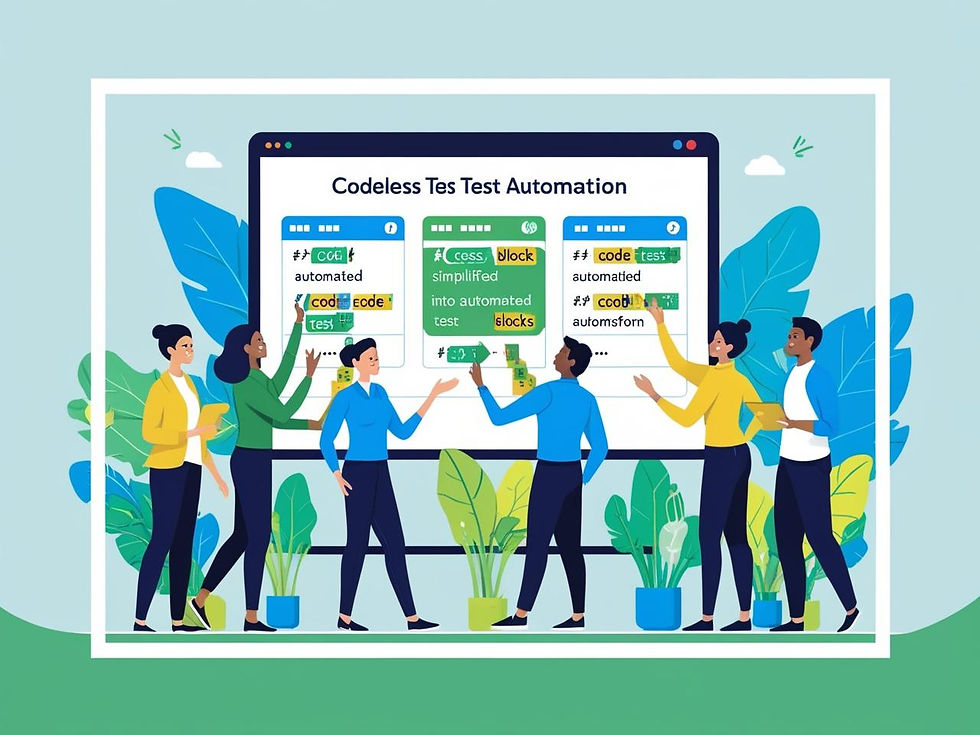Data Wrangling: Turning Raw Data into Gold
- digitalmuskan2244
- May 22
- 3 min read

Introduction
In today’s data-driven world, the true value of information lies in its usability. Raw data, in its unprocessed form, is often messy, incomplete, and inconsistent. Before analysts or data scientists can derive insights or build models, they must first clean and structure the data. This process is known as data wrangling. Often referred to as data munging, data wrangling is the essential first step in the data science lifecycle that ensures data is ready for analysis. This article will explore what data wrangling entails, its importance, techniques, tools, and the challenges involved.
What is Data Wrangling?
Data wrangling is the process of cleaning, transforming, and organizing raw data into a usable format. It involves converting data from its original form into a structured format that makes it easier to analyze. The objective is to make the data more accessible and useful for downstream applications such as machine learning models, dashboards, or reports.
Why is Data Wrangling Important?
The importance of data wrangling cannot be overstated. High-quality analysis depends on high-quality data. The resulting insights will also be flawed if the data is inaccurate or incomplete. Here are a few reasons why data wrangling is critical:
Accuracy: Ensures that the data reflects real-world scenarios.
Consistency: Standardizes the format for easy comparison.
Completeness: Fills in missing values where necessary.
Efficiency: Saves time in later stages of data analysis.
Stages of Data Wrangling
Data wrangling typically consists of the following stages:
Discovery: Understanding the nature of the data.
Structuring: Formatting the data into a structured form.
Cleaning: Removing inaccuracies, duplicates, and irrelevant data.
Enriching: Enhancing the dataset with additional information.
Validating: Ensuring data quality and consistency.
Publishing: Making the data available for analysis.
Common Data Wrangling Techniques
Here are some widely used techniques in data wrangling:
Handling Missing Values: Techniques like imputation, deletion, or using default values.
Removing Duplicates: Ensures uniqueness and integrity.
Normalization: Scaling values to a standard range.
Data Transformation: Converting data into appropriate formats.
Parsing: Extracting relevant information from complex data.
Merging and Joining: Combining multiple datasets for richer analysis.
Tools Used for Data Wrangling
Several tools and programming languages make data wrangling easier and more efficient:
Python (pandas, NumPy): Popular libraries for data manipulation.
R (dplyr, tidyr): Ideal for statistical data wrangling.
Excel: A basic tool for small-scale data wrangling.
OpenRefine: Open-source tool for cleaning messy data.
Alteryx: Offers a drag-and-drop interface for wrangling.
Tableau Prep: Integrates data cleaning with visualization.
Challenges in Data Wrangling
Despite its importance, data wrangling poses several challenges:
Time-Consuming: Can take up to 80% of a data scientist’s time.
Complexity: Handling diverse formats and large datasets.
Data Quality Issues: Missing, inconsistent, or incorrect data.
Tool Limitations: Not all tools are scalable or flexible.
Real-World Applications of Data Wrangling
Healthcare: Integrating patient data from various sources for better diagnosis.
Finance: Cleaning transaction data to detect fraud.
Retail: Merging customer and sales data for better targeting.
Marketing: Structuring campaign data for performance analysis.
Education: Organizing student data to improve learning outcomes.
Best Practices in Data Wrangling
Automate Repetitive Tasks: Use scripts to save time.
Document the Process: Maintain clear documentation.
Validate Often: Regularly check the quality of the data.
Use Version Control: Track changes in the dataset.
Understand the Data: Deep knowledge helps with better wrangling.
Future of Data Wrangling
With the growth of big data and machine learning, the need for effective data wrangling will only increase. Automation and AI-assisted wrangling tools are emerging to streamline this labor-intensive process. The future will see more integration of real-time data wrangling into data pipelines and workflows.
Conclusion
Data wrangling is a cornerstone of successful data science projects. Without it, the insights drawn from data may be inaccurate or misleading. Whether you are a data analyst, scientist, or business professional, mastering data wrangling can significantly enhance your ability to make informed decisions.
For those aspiring to gain hands-on experience and master these skills, enrolling in a data science training course in Noida, Delhi, Lucknow, Meerut, and more cities in India provides both theoretical understanding and practical exposure to industry-grade tools and techniques.







Comments